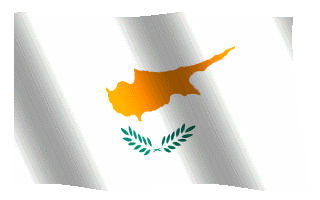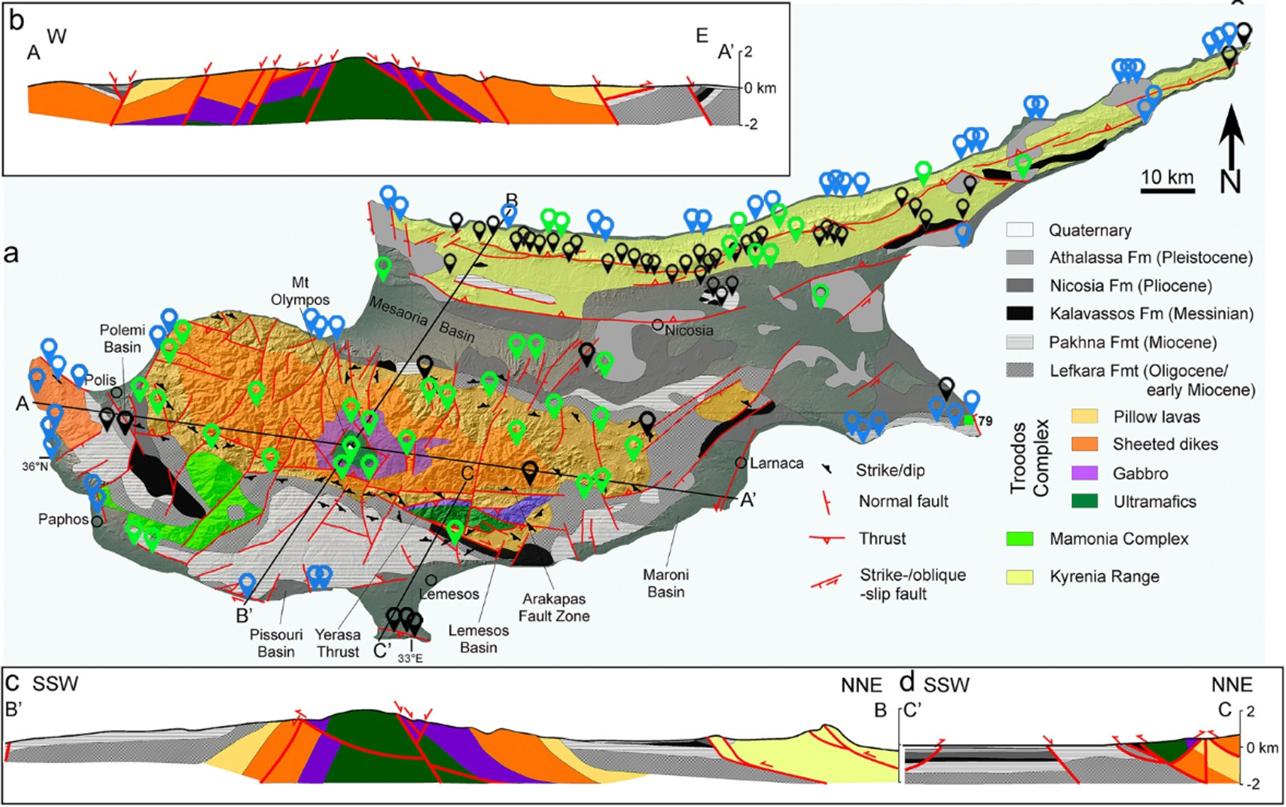A Cipro le grotte calcaree, concentrate principalmente nella catena del Kyrenia, sono spesso di origine tettonica, influenzate dalle faglie e dalle condizioni climatiche semi-aride di Cipro che limitano la formazione di grotte di tipo carsico. Al contrario, le grotte di gesso nella Piana di Mesaoria sono il risultato di processi di condensazione-corrosione lungo le faglie, con evidenze di attività sismica recente che ha contribuito alla loro formazione.
L’isola ospita meno di 500 grotte, raggruppate principalmente in cinque categorie: grotte di frattura, grotte di gesso, grotte marine, grotte artificiali e miniere di arenaria. Le grotte marine si trovano principalmente nelle calcareniti lungo la costa e sono habitat vitale per diverse specie, inclusi pipistrelli e invertebrati.
Le grotte di Cipro hanno un significato biologico notevole, ospitando una varietà di specie, tra cui il pipistrello della frutta egiziano e specie vulnerabili come il pipistrello a ferro di cavallo di Mehely. I pipistrelli sono fondamentali per l’ecosistema delle grotte, ma sono minacciati da pratiche storiche e non sostenibili, come l’incendio delle grotte per la caccia.
Dal punto di vista legale, le grotte della parte settentrionale di Cipro non sono protette adeguatamente, con rischi derivanti da attività minerarie e danni provocati da visitatori non informati. Nella parte meridionale, la protezione delle grotte è regolata dal Dipartimento del Servizio Geologico, ma le sfide persistenti includono il coordinamento tra diversi enti e la necessità di ulteriori ricerche e misure di conservazione.
Coordinatori: Salih Gücel1 sgucel@hotmail.com, Kyriakos Georgiou2 georgiou.k@unic.ac.cy
Collaboratori: Adilcan Merakli, Andreas Antoniou, Lauren Satterfield, Fadi Nader, Iris Charalambidou
1Università del Vicino Oriente, Nicosia Cipro – Centro di ricerca ambientale – Ecologo vegetale
2Amministratore senior, Ufficio del Vice Rettore per gli Affari accademici, Università di Nicosia




